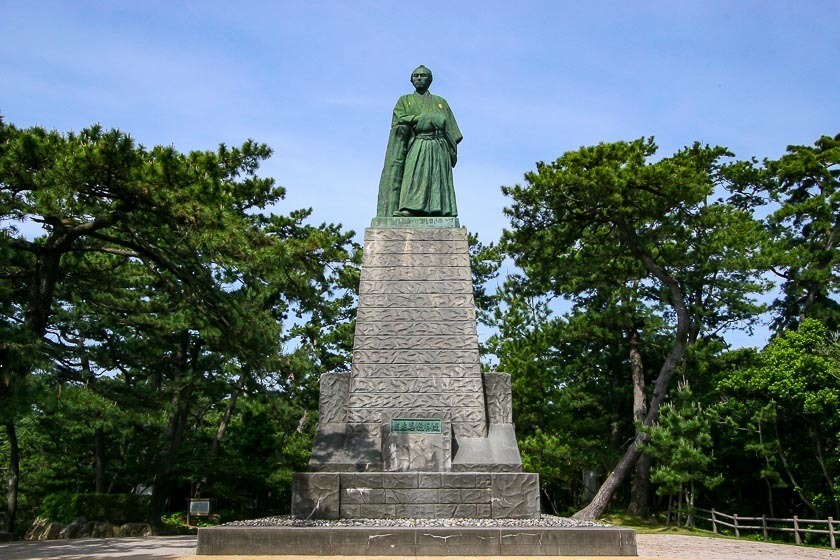Historical figures who inspire

Everyone has their heroes, people they look up to, and these are three of mine in Japanese history. Truth be told, I only learned about them after arriving in Japan, but since then, the following three people have been my source of inspiration. Read along to learn more about these three guys, and hopefully you will be similarly inspired by them too!
Ino Tadataka
Starting with the one in farthest back in history, Ino Tadataka was born in Chiba in 1745 during the Edo Period (1603-1868). He was initially a merchant who later became a cartographer in his fifties. Changing jobs wasn't a big thing back in the day, even more so at his age, so props to him for deciding to pursue his second career when he did! Goes to show that there isn't an age limit for chasing dreams.
Back to Ino and his second career, which was making maps, what was most impressive was how accurately he mapped Japan. Relying on astronomy, physics and math, using just the stars, shadows and triangulation, Ino and his crew were accurate to around a thousandth of a degree - or about 100 meters! However, Ino did not live to see the full print of his map of Japan, which was finished in 1821, as he passed away in 1818 at the grand old age of 73.
Today, the best place to learn about Ino Tadataka is at his museum in Sawara, where he lived. The small museum introduces the life of Ino Tadataka as well as exhibits the tools used by him and his hand-drawn maps.


Sakamoto Ryoma
Possibly the most famous of the three guys listed here, Sakamoto Ryoma - fondly referred to by his name, Ryoma - was one of the driving forces of the Meiji Restoration. Born in 1836 into a low-ranking samurai family in Kochi, Shikoku, Ryoma was instrumental and influential in the plans and ploys to overthrow the then ruling Tokugawa Shogunate. He successfully negotiated an alliance between the powerful Satsuma and the Choshu fiefs, present day Kagoshima and Yamaguchi prefectures respectively, to combine forces and bring the shogunate down.
Ryoma was assassinated at the young age of 33 in Kyoto before the restoration took place. Nevertheless, his hopes and goals lived on, and the country began a new era apart from the feudal ages. Today, Ryoma is celebrated as a visionary and one of the forefathers of modern Japan, and television dramas about him and his life have been produced. For me, he is an intriguing person who encapsulates both traditional and modern times, someone who looked towards the future yet rooted in the present.
The Sakamoto Ryoma Memorial Museum in Kochi is a good place to learn more about this outstanding young man who changed history in his short life.


Minakata Kumagusu
Minakata Kumagusu, a naturalist and expert in slime mold, is probably the least known of the three, but one of the most inspiring figures for me. Born in 1867 in Wakayama Prefecture, Minakata was a child prodigy who showed great talent and ability. He was already transcribing texts at age seven and had also memorized all the books he had read.
Additionally, Minakata studied in the United States and England for a number of years, and was adept at a number of languages, including English, French, German and Latin, to name a few. Some of his peers and friends in Japan and overseas included the author Natsume Soseki and the Chinese revolutionist Sun Yat Sen. Minakata's great expertise in ecology and botany was brought to the attention of the former Emperor Showa, who was also a keen botanist. A private lecture was arranged for Minakata to give a presentation about his studies to the emperor.
In spite of all his genius, Minakata came across to many as someone who was eccentric. However, beneath that veneer was someone who lived his life devoted to the protection and study of botany, and was a strong conservationist. The Minakata Kumagusu Museum in Shirahama, Wakayama Prefecture, is perhaps the only place to learn more about this intellectual.







